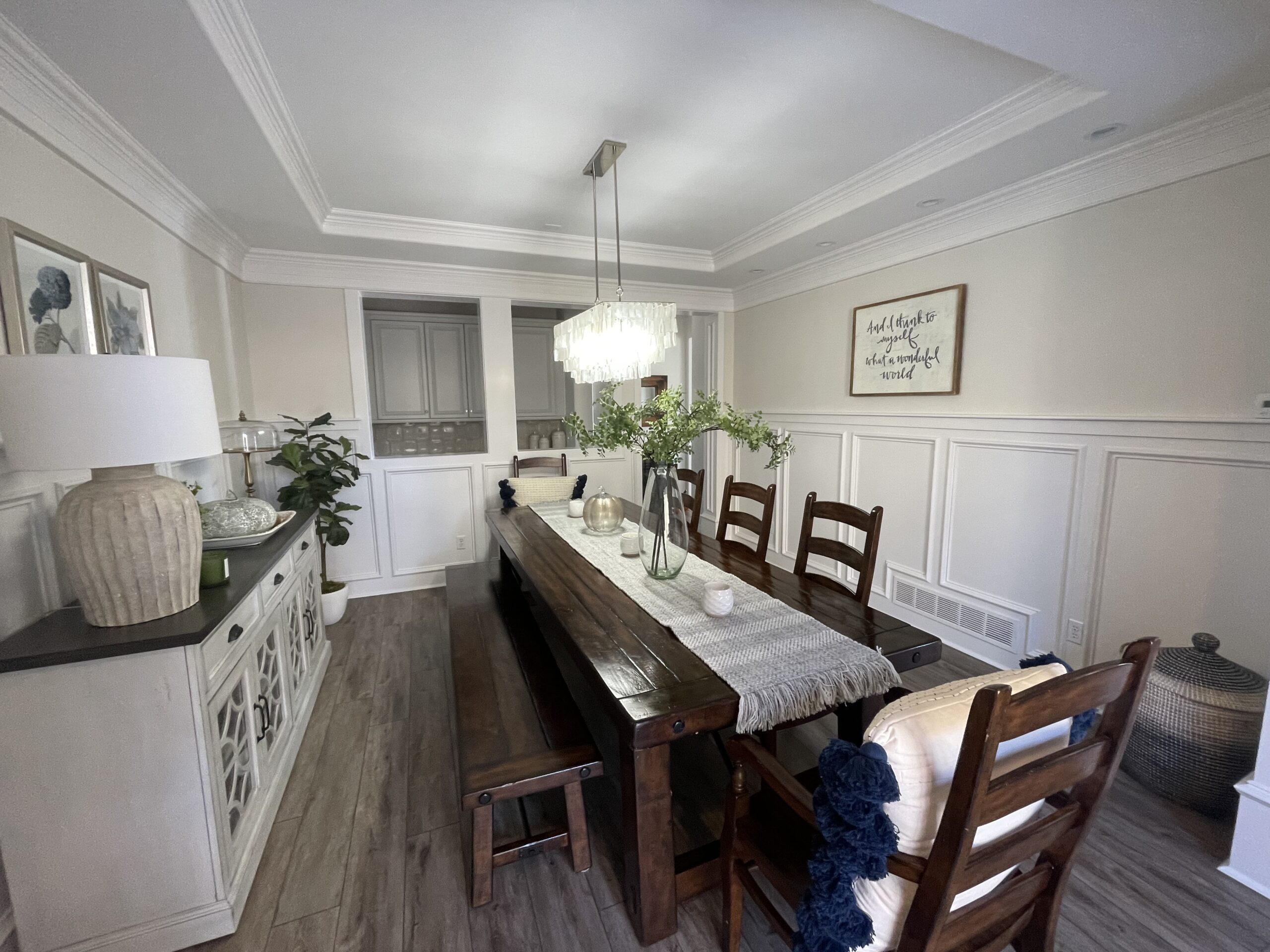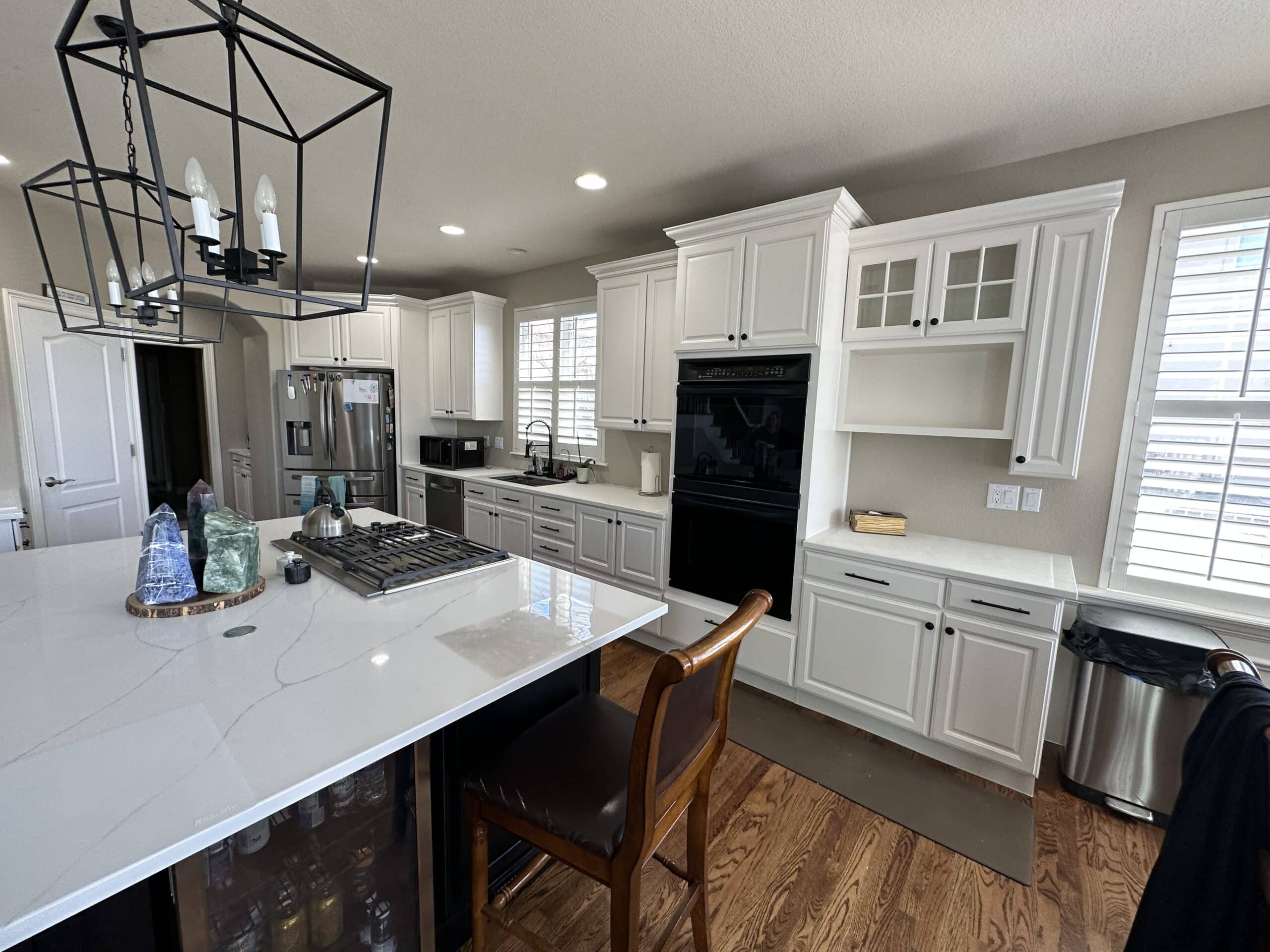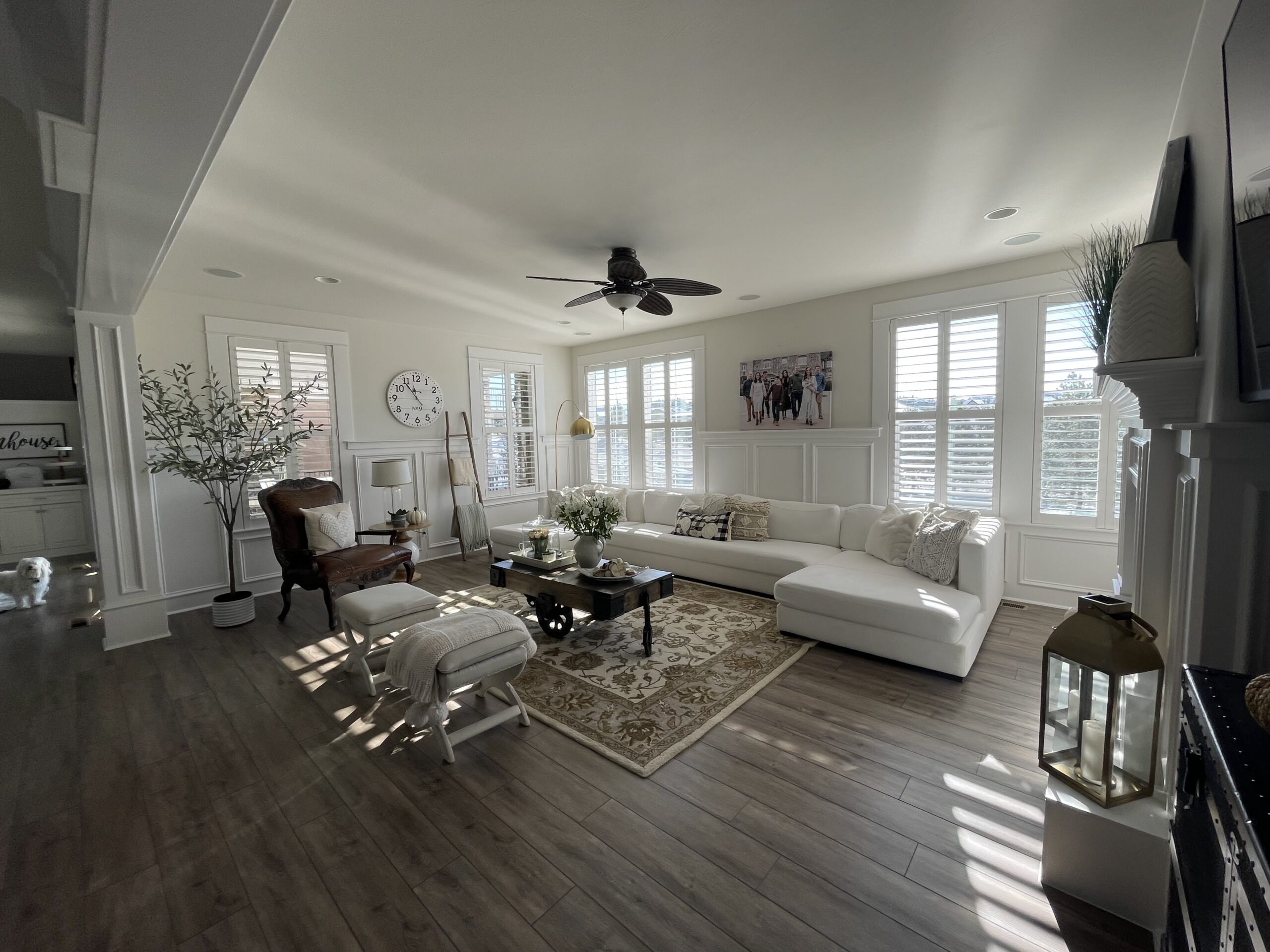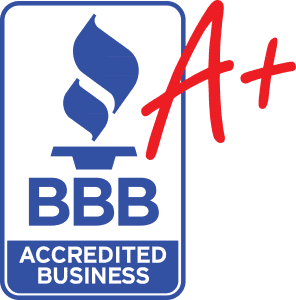In households filled with energetic kids, playful pets, and weekend gatherings, even the best-looking finish can start to fade—or flake—fast. Suddenly, the beautifully painted hallway now sports crayon artwork. The living room has dog scuff marks at knee level. And the once-glossy wall behind the buffet table has streaks from red wine.
So the real question for busy homeowners isn’t “What color should I paint this room?” It’s: What paint system can survive real life and still look great weeks, months, or even years later?
This detailed, product- and service-specific guide breaks down what a “durable” paint system really means. It covers where walls fail, what paint chemistry works, and how professional strategies can extend the life of your interior walls—even in the most chaotic households.
Understanding the Unique Challenges of High-Traffic Households
What Are High-Traffic Interior Zones?
Some rooms simply get more action. These spaces include:
-
Living rooms and family rooms
-
Playrooms and kids’ bedrooms
-
Kitchens and dining areas
-
Hallways and stairwells
-
Mudrooms, entryways, and laundry zones
In these areas, the walls take frequent hits—feet kicking up scuffs, toys scraping paint, chairs bumping corners, paws rubbing along baseboards.
Even walls near light switches, door handles, and pet feeding areas experience localized but repeated contact.
The Common Damage Paint Faces in Busy Homes
Let’s take a closer look at the types of wear that lead to premature paint failure in high-traffic interiors:
-
Children bring colorful challenges—crayons, food splatter, wet hands, and stickers.
-
Pets contribute nail scratches, fur oils, body rubbing, and even the occasional nose print or accident.
-
Guests and parties mean fingerprints on corners, wine spills, furniture dings, and more.
Even if the paint doesn’t chip, it might start to dull, discolor, or feel rough in just a few months.
Key Concerns from Homeowners
-
“Why does my new paint look dirty so fast?”
-
“Why does it chip around the trim or corners?”
-
“Why can’t I clean smudges without damaging the wall?”
The answer lies not just in how it’s cleaned—but in the paint system chosen from the start.
The Science of Durable Interior Paint Systems
What Makes a Paint ‘Durable’?
Durability in paint isn’t just marketing—it’s chemistry. A paint’s resistance to damage depends on:
-
Resin (Binder) Content: The higher the resin-to-solvent ratio, the better the adhesion and scrub resistance.
-
Pigment Quality: Affects color retention, hiding ability, and resistance to UV fading.
-
Additives: Some paints contain advanced polymers or ceramic microspheres for stain resistance and cleanability.
Sheen Matters: Which Finish Holds Up Best
The finish of a paint directly impacts its resistance to stains, wear, and cleaning damage.
| Finish Type | Durability | Best Use Areas |
|---|---|---|
| Flat/Matte | Low | Ceilings, adult bedrooms (low-contact areas) |
| Eggshell | Moderate | Living rooms, dining rooms |
| Satin | High | Hallways, kids’ rooms, playrooms, family rooms |
| Semi-Gloss | Very High | Kitchens, bathrooms, baseboards, door frames |
| Gloss | Highest | Cabinets, doors, trim (less common for walls) |
Key takeaway: Lower sheens look smoother but are more prone to dirt and harder to clean without damaging the surface.
Interior Paint Formulations to Know
Understanding paint formulas helps you choose products that stand up to your lifestyle:
| Paint Type | Purpose |
|---|---|
| Acrylic Latex | Most common; good all-purpose durability and flexibility |
| Scuff-Resistant Paint | Engineered to resist repeated contact (e.g., Sherwin-Williams Scuff Tuff™) |
| Washable Paint | Made for frequent cleaning (e.g., Behr Ultra Scuff Defense) |
| Stain-Blocking Paint | Prevents bleed-through and helps with wall scribbles (e.g., Zinsser Perma-White®) |
Paint Product Recommendations for Active Households
Kid-Friendly Paint Systems
Children test walls constantly. A quality acrylic latex eggshell or satin finish balances cleanability with touch-up potential.
Top Picks:
-
Benjamin Moore Regal Select® Eggshell: Excellent washability and low odor.
-
Behr Premium Plus® Satin Enamel: Mildew resistant with good scrub durability.
-
Sherwin-Williams Harmony® Interior Acrylic Latex: Zero VOCs and improved indoor air quality.
Look for GreenGuard Gold certification for safety in children’s rooms.
Pet-Proof Paint Considerations
Pets—especially large dogs—leave visible damage on lower wall sections. Choose semi-gloss or scuff-resistant products for areas exposed to rubbing, licking, or scratching.
Recommended Products:
-
Sherwin-Williams Duration Home®: Anti-microbial formula, good for areas around food bowls or litter boxes.
-
PPG UltraLast®: Built-in scratch resistance and long color retention.
Avoid flat finishes near pet beds, dog crates, or along hallways—these will wear down quickly.
Party-Resistant and Entertaining-Friendly Paint Systems
Busy living rooms and dining areas benefit from washable, low-sheen options that hide smudges but clean easily.
-
Valspar Signature®: Scrubbable and available in warm tones for entertaining spaces.
-
Benjamin Moore Scuff-X®: Commercial-grade durability in a residential-friendly formula.
Opt for darker neutrals in eggshell or satin—these tones conceal wear better than bright or pure white paints.
Service-Specific Guidance: How Professional Painters Can Help
Pre-Paint Assessment for Wear Zones
Professional painters don’t just paint—they plan. During a site visit, they’ll assess:
-
Where pets rest or roam
-
High-touch areas like entryways and baseboards
-
Kids’ art zones or corners where furniture rubs
From there, they can recommend different paint systems for different walls in the same room—tailored for traffic, not just aesthetics.
Multi-Coat Strategies for Longevity
Durability isn’t just about paint choice—it’s how many coats and what order they’re applied in.
Common paint system:
-
High-bonding primer
-
Two coats of durable acrylic latex
-
Optional: clear scuff-resistant topcoat in kids’ zones
In spaces like playrooms, a professional may also add:
-
Chalkboard wall paint
-
Protective wainscoting or wall shields
Sealant and Caulking Tactics
Flaking or peeling often begins where two surfaces meet—like wall corners, trim edges, or baseboards.
Pros will:
-
Reseal joints with paintable caulk
-
Use flexible sealants around pets’ favorite spots
-
Apply specialty primers where previous damage occurred
Cleaning and Maintenance Tips to Prolong Interior Paint in Busy Homes
What You Should and Shouldn’t Use to Clean Painted Walls
Choosing the right cleaning tool can extend or destroy your paint finish.
| Cleaner Type | Safe for Painted Walls? | Notes |
|---|---|---|
| Mild dish soap + water | ✅ Yes | Best for general grime, fingerprints |
| Vinegar solution | ✅ Yes | Natural, good for light food stains |
| Magic erasers | ⚠️ Sometimes | Can dull or remove lower-sheen paint |
| Abrasive sponges | ❌ No | Causes micro-scratches, removes protective film |
Always test in an inconspicuous area first. Gently pat dry instead of aggressive rubbing.
Smart Maintenance Intervals
Busy homes require a little upkeep—but it pays off:
-
Biweekly: Spot-wipe high-contact areas (switches, handles, trim)
-
Quarterly: Dust full wall surfaces with a microfiber cloth
-
Annually: Touch-up paint in corners, baseboards, doorframes
-
Every 3–5 years: Repaint major rooms in active households
People Also Ask (FAQs)
What kind of paint is best for homes with pets and kids?
Choose acrylic latex paint with scuff and stain resistance in a satin or semi-gloss finish.
Is satin or eggshell better for walls with frequent dirt?
Satin is better—it resists stains and can be cleaned more often without damaging the surface.
Why do my walls look dirty even after I clean them?
You may be using low-sheen or poor-quality paint. Upgrading to washable, high-resin paint will help.
Can you get both washable and low-VOC paint?
Yes. Brands like Benjamin Moore Natura® and Sherwin-Williams Harmony® offer both.
Should I use different paint finishes in the same home?
Absolutely. Use flat on ceilings, eggshell or satin on walls, and semi-gloss or gloss on trims.
Don’t Let the Wrong Paint System Undo Your Effort
Life in a busy home isn’t gentle on your walls. But choosing the right paint system—from product to sheen to prep—makes all the difference.
Durable finishes, washable coatings, and scuff-resistant technologies mean your interior can look polished and fresh longer, even when real life gets messy.
Work with a pro. Ask questions. Select high-performing paint systems from trusted brands. With the right strategy, your home’s walls can stay beautiful through all the laughter, chaos, and memories made within them.






